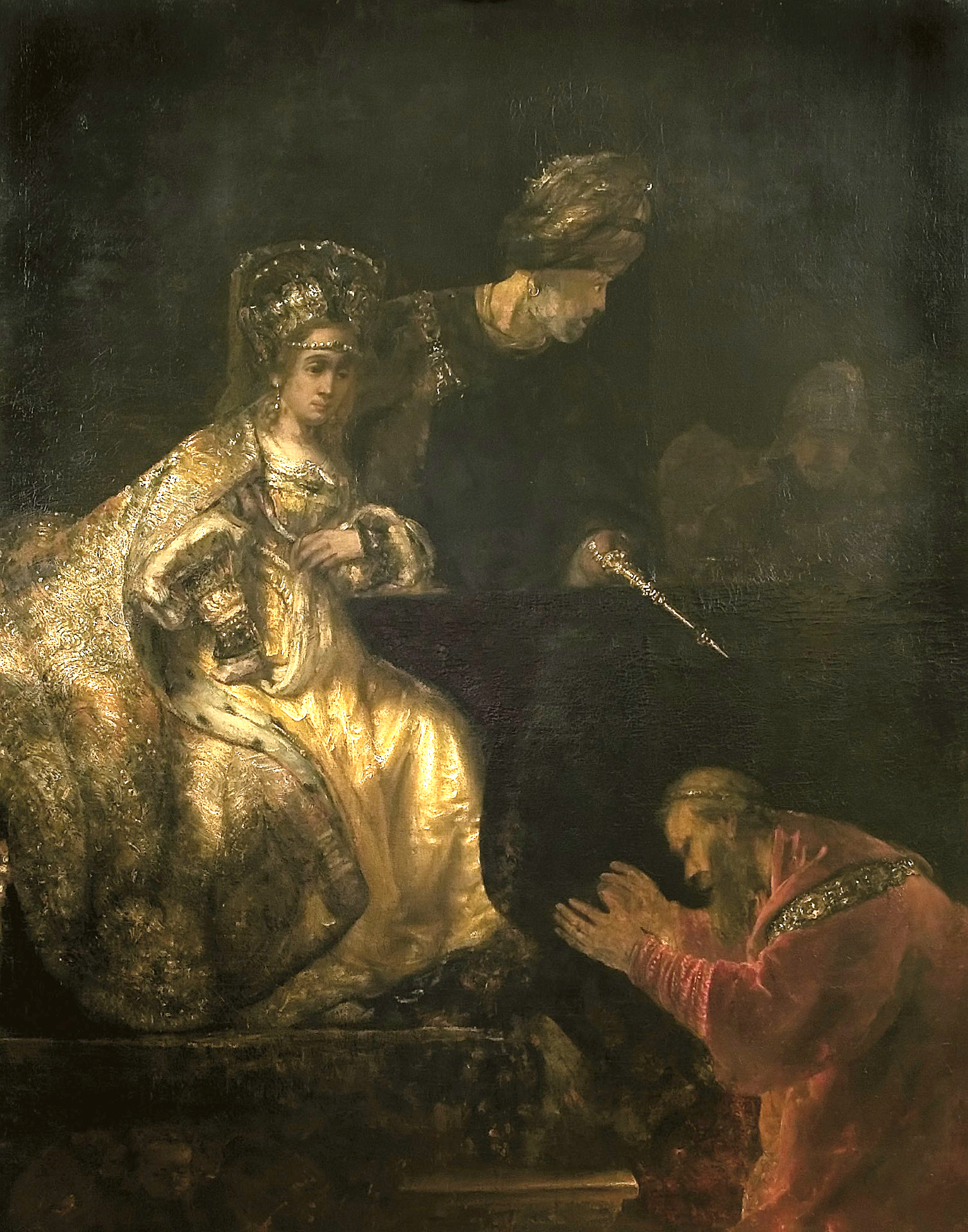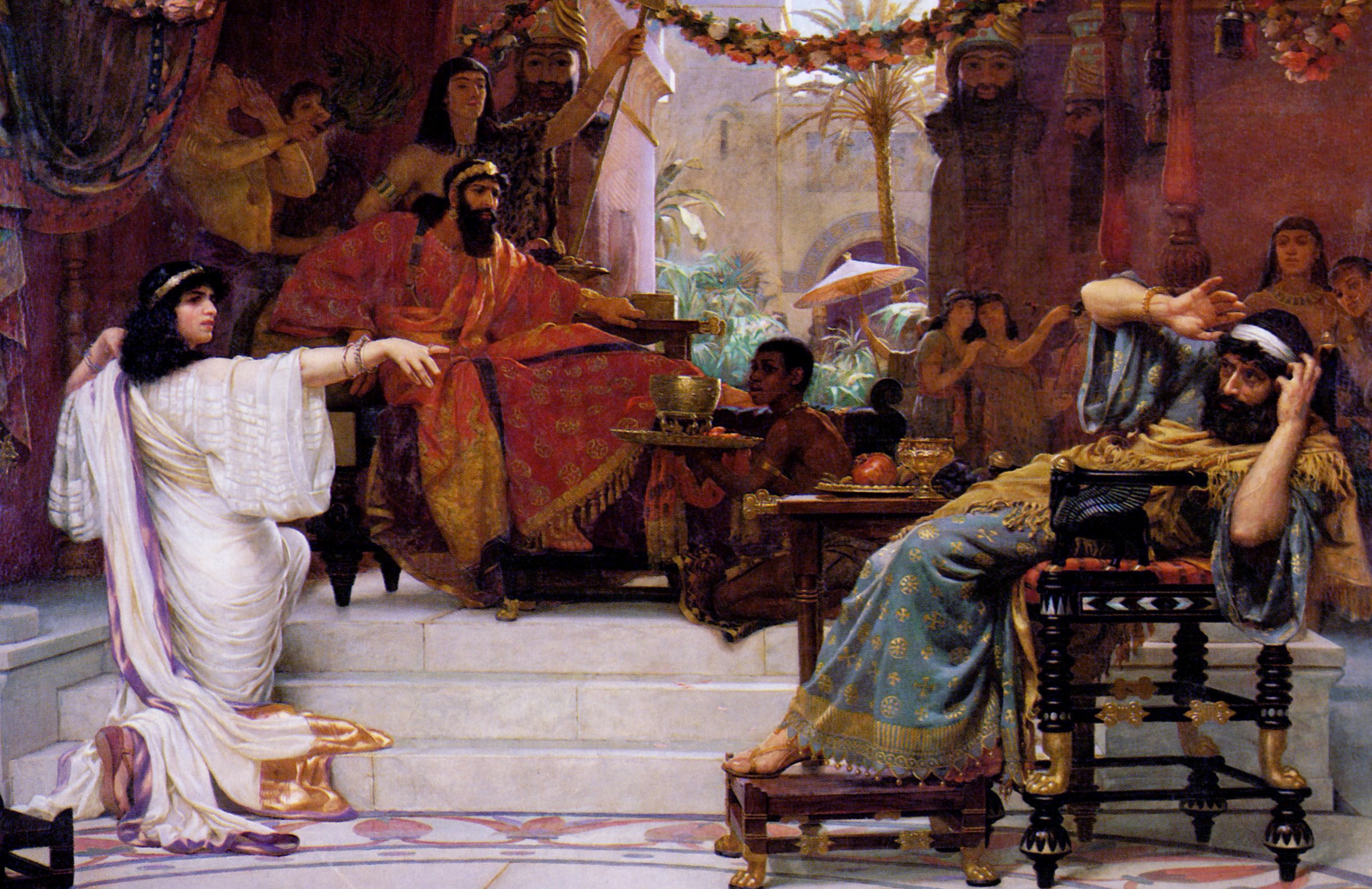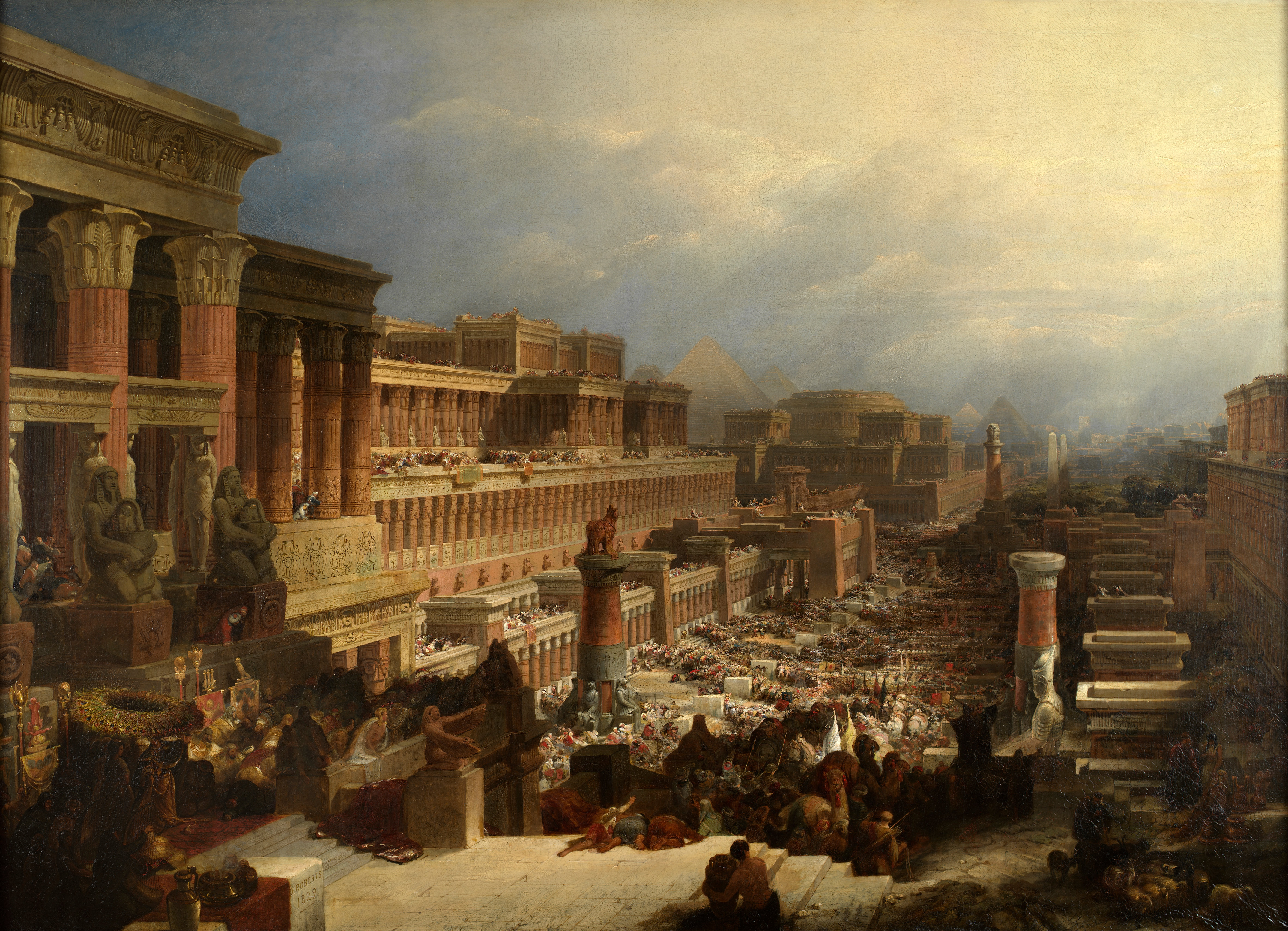|
Ma'oz Tzur
"Ma'oz Tzur" ( he, מָעוֹז צוּר, Māʾōz Ṣūr) is a Jewish liturgical poem or ''piyyut''. It is written in Hebrew, and is sung on the holiday of Hanukkah, after lighting the festival lights. The hymn is named for its Hebrew incipit, which means "Strong Rock (of my Salvation)" and is a name or epithet for God in Judaism. It is thought to have been written sometime in the 13th century, although recent research suggests the 12th century. It was originally sung only at home, but has been used in the synagogue since the 19th century or earlier. In more recent years, of its six stanzas sometimes only the first stanza is sung (or the first and fifth). Time and author "Ma'oz Tzur Yeshuati" is commonly thought to have been written in the 13th century, during the Crusades. The first letters of the first five stanzas form an acrostic of the composer's name, Mordechai (the five Hebrew letters מרדכי). There are several hypotheses regarding his identity. He may have been t ... [...More Info...] [...Related Items...] OR: [Wikipedia] [Google] [Baidu] |
Jewish
Jews ( he, יְהוּדִים, , ) or Jewish people are an ethnoreligious group and nation originating from the Israelites Israelite origins and kingdom: "The first act in the long drama of Jewish history is the age of the Israelites""The people of the Kingdom of Israel and the ethnic and religious group known as the Jewish people that descended from them have been subjected to a number of forced migrations in their history" and Hebrews of historical History of ancient Israel and Judah, Israel and Judah. Jewish ethnicity, nationhood, and religion are strongly interrelated, "Historically, the religious and ethnic dimensions of Jewish identity have been closely interwoven. In fact, so closely bound are they, that the traditional Jewish lexicon hardly distinguishes between the two concepts. Jewish religious practice, by definition, was observed exclusively by the Jewish people, and notions of Jewish peoplehood, nation, and community were suffused with faith in the Jewish God, ... [...More Info...] [...Related Items...] OR: [Wikipedia] [Google] [Baidu] |
Haman (Bible)
Haman ( ; also known as Haman the Agagite or Haman the evil) is the main antagonist in the Book of Esther, who according to the Hebrew Bible was an official in the court of the Persian empire under King Ahasuerus, commonly identified as Xerxes I (died 465 BCE) but traditionally equated with Artaxerxes I or Artaxerxes II. As his epithet ''Agagite'' indicates, Haman was a descendant of Agag, the king of the Amalekites. Some commentators interpret this descent to be symbolic, due to his similar personality. Retrieved 13 February 2017 Etymology and meaning of the name The name has been equated with the Persian name ''Omanes''Encyclopaedia Judaica CD-ROM Edition 1.0 1997, ''Haman'' ( peo, 𐎡𐎶𐎴𐎡𐏁, ) recorded by Greek historians. Several etymologies have been proposed for it: it has been associated with the Persian word , meaning "illustrious" (naming dictionaries typically list it as meaning "magnificent"); with the sacred drink Haoma; or with the Persian name Vo ... [...More Info...] [...Related Items...] OR: [Wikipedia] [Google] [Baidu] |
Eliezer Ben Nathan
Eliezer ben Nathan () of Mainz (1090–1170), or Ra'avan (), was a halakist and liturgical poet. As an early Rishon, he was a contemporary of the Rashbam and Rabbeinu Tam, and one of the earliest of the Tosafists. He was the son-in-law of Rabbi Eliakim b. Joseph of Mainz, a fellow student of Rashi. Through his four daughters Eliezer became the ancestor of several learned families which exerted a great influence upon religious life in the subsequent centuries. One of his great-grandsons was Asher b. Jehiel (ROSH), father of R. Jacob, author of the '' Ṭurim''. In or around 1160, a synod was held in Troyes as part of the '' Takkanot Shum''. This synod was led by Rabbeinu Tam, his brother, the Rashbam, and the Ra'avan. Over 250 rabbis from communities all over France attended as well. A number of communal decrees were enacted at the synod covering both Jewish-Gentile relations as well as matters relating internally to the Jewish community. ''Even haEzer'' Eliezer proves himself co ... [...More Info...] [...Related Items...] OR: [Wikipedia] [Google] [Baidu] |
Frederick I, Holy Roman Emperor
Frederick Barbarossa (December 1122 – 10 June 1190), also known as Frederick I (german: link=no, Friedrich I, it, Federico I), was the Holy Roman Emperor from 1155 until his death 35 years later. He was elected King of Germany in Frankfurt on 4 March 1152 and crowned in Aachen on 9 March 1152. He was crowned King of Italy on 24 April 1155 in Pavia and emperor by Pope Adrian IV on 18 June 1155 in Rome. Two years later, the term ' ("holy") first appeared in a document in connection with his empire. He was later formally crowned King of Burgundy, at Arles on 30 June 1178. He was named by the northern Italian cities which he attempted to rule: Barbarossa means "red beard" in Italian; in German, he was known as ', which means "Emperor Redbeard" in English. The prevalence of the Italian nickname, even in later German usage, reflects the centrality of the Italian campaigns to his career. Frederick was by inheritance Duke of Swabia (1147–1152, as Frederick III) before h ... [...More Info...] [...Related Items...] OR: [Wikipedia] [Google] [Baidu] |
Temple In Jerusalem
The Temple in Jerusalem, or alternatively the Holy Temple (; , ), refers to the two now-destroyed religious structures that served as the central places of worship for Israelites and Jews on the modern-day Temple Mount in the Old City of Jerusalem. According to the Hebrew Bible, the First Temple was built in the 10th century BCE, during the reign of Solomon over the United Kingdom of Israel. It stood until , when it was destroyed during the Babylonian siege of Jerusalem. Almost a century later, the First Temple was replaced by the Second Temple, which was built after the Neo-Babylonian Empire was conquered by the Achaemenid Persian Empire. While the Second Temple stood for a longer period of time than the First Temple, it was likewise destroyed during the Roman siege of Jerusalem in 70 CE. Projects to build the hypothetical " Third Temple" have not come to fruition in the modern era, though the Temple in Jerusalem still features prominently in Judaism. Today, the Temple M ... [...More Info...] [...Related Items...] OR: [Wikipedia] [Google] [Baidu] |
Hasmonean Dynasty
The Hasmonean dynasty (; he, ''Ḥašmōnaʾīm'') was a ruling dynasty of Judea and surrounding regions during classical antiquity, from BCE to 37 BCE. Between and BCE the dynasty ruled Judea semi-autonomously in the Seleucid Empire, and from roughly 110 BCE, with the empire disintegrating, Judea gained further autonomy and expanded into the neighboring regions of Perea, Samaria, Idumea, Galilee, and Iturea. Some modern scholars regard the Hasmonean realm as an independent Israel. The Hasmonean rulers took the Greek title '' basileus'' ("king" or "emperor"). Forces of the Roman Republic conquered the Hasmonean kingdom in 63 BCE and made it into a client state; Herod the Great displaced the last reigning Hasmonean client-ruler in 37 BCE. Simon Thassi established the dynasty in 141 BCE, two decades after his brother Judas Maccabeus ( ''Yehudah HaMakabi'') had defeated the Seleucid army during the Maccabean Revolt of 167 to 141 BCE. According to 1 Maccabees, 2 Maccab ... [...More Info...] [...Related Items...] OR: [Wikipedia] [Google] [Baidu] |
Book Of Esther
The Book of Esther ( he, מְגִלַּת אֶסְתֵּר, Megillat Esther), also known in Hebrew as "the Scroll" ("the Megillah"), is a book in the third section (, "Writings") of the Jewish ''Tanakh'' (the Hebrew Bible). It is one of the five Scrolls () in the Hebrew Bible and later became part of the Christian Old Testament. The book relates the story of a Hebrew woman in Persia, born as Hadassah but known as Esther, who becomes queen of Persia and thwarts a genocide of her people. The story forms the core of the Jewish festival of Purim, during which it is read aloud twice: once in the evening and again the following morning. The books of Esther and Song of Songs are the only books in the Hebrew Bible that do not mention God. Setting and structure Setting The biblical Book of Esther is set in the Persian capital of Susa (''Shushan'') in the third year of the reign of the Persian king Ahasuerus. The name ''Ahasuerus'' is equivalent to ''Xerxes'' (both deriving f ... [...More Info...] [...Related Items...] OR: [Wikipedia] [Google] [Baidu] |
Purim
Purim (; , ; see Name below) is a Jewish holiday which commemorates the saving of the Jewish people from Haman, an official of the Achaemenid Empire who was planning to have all of Persia's Jewish subjects killed, as recounted in the Book of Esther (usually dated to the 5th century BCE). Haman was the royal vizier to Persian king Ahasuerus (Xerxes I or Artaxerxes I; "Khshayarsha" and "Artakhsher" in Old Persian, respectively). His plans were foiled by Mordecai of the tribe of Benjamin, and Esther, Mordecai's cousin and adopted daughter who had become queen of Persia after her marriage to Ahasuerus. The day of deliverance became a day of feasting and rejoicing among the Jews. According to the Scroll of Esther, "they should make them days of feasting and gladness, and of sending portions one to another, and gifts to the poor". Purim is celebrated among Jews by: *Exchanging gifts of food and drink, known as *Donating charity to the poor, known as *Eating a celebratory mea ... [...More Info...] [...Related Items...] OR: [Wikipedia] [Google] [Baidu] |
Haman
Haman ( ; also known as Haman the Agagite or Haman the evil) is the main antagonist in the Book of Esther, who according to the Hebrew Bible was an official in the court of the Persian empire under King Ahasuerus, commonly identified as Xerxes I (died 465 BCE) but traditionally equated with Artaxerxes I or Artaxerxes II. As his epithet ''Agagite'' indicates, Haman was a descendant of Agag, the king of the Amalekites. Some commentators interpret this descent to be symbolic, due to his similar personality. Retrieved 13 February 2017 Etymology and meaning of the name The name has been equated with the Persian name ''Omanes''Encyclopaedia Judaica CD-ROM Edition 1.0 1997, ''Haman'' ( peo, 𐎡𐎶𐎴𐎡𐏁, ) recorded by Greek historians. Several etymologies have been proposed for it: it has been associated with the Persian word , meaning "illustrious" (naming dictionaries typically list it as meaning "magnificent"); with the sacred drink Haoma; or with the Persian name Vohu ... [...More Info...] [...Related Items...] OR: [Wikipedia] [Google] [Baidu] |
Babylonian Captivity
The Babylonian captivity or Babylonian exile is the period in Jewish history during which a large number of Judeans from the ancient Kingdom of Judah were captives in Babylon, the capital city of the Neo-Babylonian Empire, following their defeat in the Jewish–Babylonian War and the destruction of Solomon's Temple in Jerusalem. The event is described in the Hebrew Bible, and its historicity is supported by archaeological and extra-biblical evidence. After the Battle of Carchemish in 605 BCE, the Babylonian king Nebuchadnezzar II besieged Jerusalem, which resulted in tribute being paid by the Judean king Jehoiakim. In the fourth year of Nebuchadnezzar II's reign, Jehoiakim refused to pay further tribute, which led to another siege of the city in Nebuchadnezzar II's seventh year (598/597 BCE) that culminated in the death of Jehoiakim and the exile to Babylonia of his successor Jeconiah, his court, and many others; Jeconiah's successor Zedekiah and others were exiled wh ... [...More Info...] [...Related Items...] OR: [Wikipedia] [Google] [Baidu] |
The Exodus
The Exodus (Hebrew: יציאת מצרים, ''Yeẓi’at Miẓrayim'': ) is the founding myth of the Israelites whose narrative is spread over four books of the Torah (or Pentateuch, corresponding to the first five books of the Bible), namely Exodus, Leviticus, Numbers, and Deuteronomy. The majority of modern scholars date the composition of the Torah to the Middle Persian Period (5th century BCE). Some of the traditions contributing to this narrative are older, since allusions to the story are made by 8th-century BCE prophets such as Amos and Hosea. The consensus of modern scholars is that the Bible does not give an accurate account of the origins of the Israelites, who appear instead to have formed as an entity in the central highlands of Canaan in the late second millennium BCE from the indigenous Canaanite culture. Most modern scholars believe that the story of the Exodus has some historical basis, but that any such basis has little resemblance to the story told in the ... [...More Info...] [...Related Items...] OR: [Wikipedia] [Google] [Baidu] |
Hallel
Hallel ( he, הַלֵּל, "Praise") is a Jewish prayer, a verbatim recitation from Psalms which is recited by observant Jews on Jewish holidays as an act of praise and thanksgiving. Holy days Hallel consists of six Psalms (113–118), which are recited as a unit, on joyous occasions including the Three Pilgrimage Festivals mentioned in the Torah, Passover (Pesach), Shavuot, and Sukkot, as well as at Hanukkah and Rosh Chodesh (beginning of the new month). Hallel is recited during the evening prayers on the first (and, outside Israel, second) night of Pesach, except by Lithuanian and German Jews, and by all communities during the Passover Seder service. According to the Talmud, there was a dispute between the school of Hillel and the school of Shammai regarding the reading of Hallel on Pesach. According to the school of Shammai, only the first psalm (Ps. 113) should be read before the meal, whereas the school of Hillel advocated reading the first two psalms (Ps. 113 and 114). ... [...More Info...] [...Related Items...] OR: [Wikipedia] [Google] [Baidu] |






